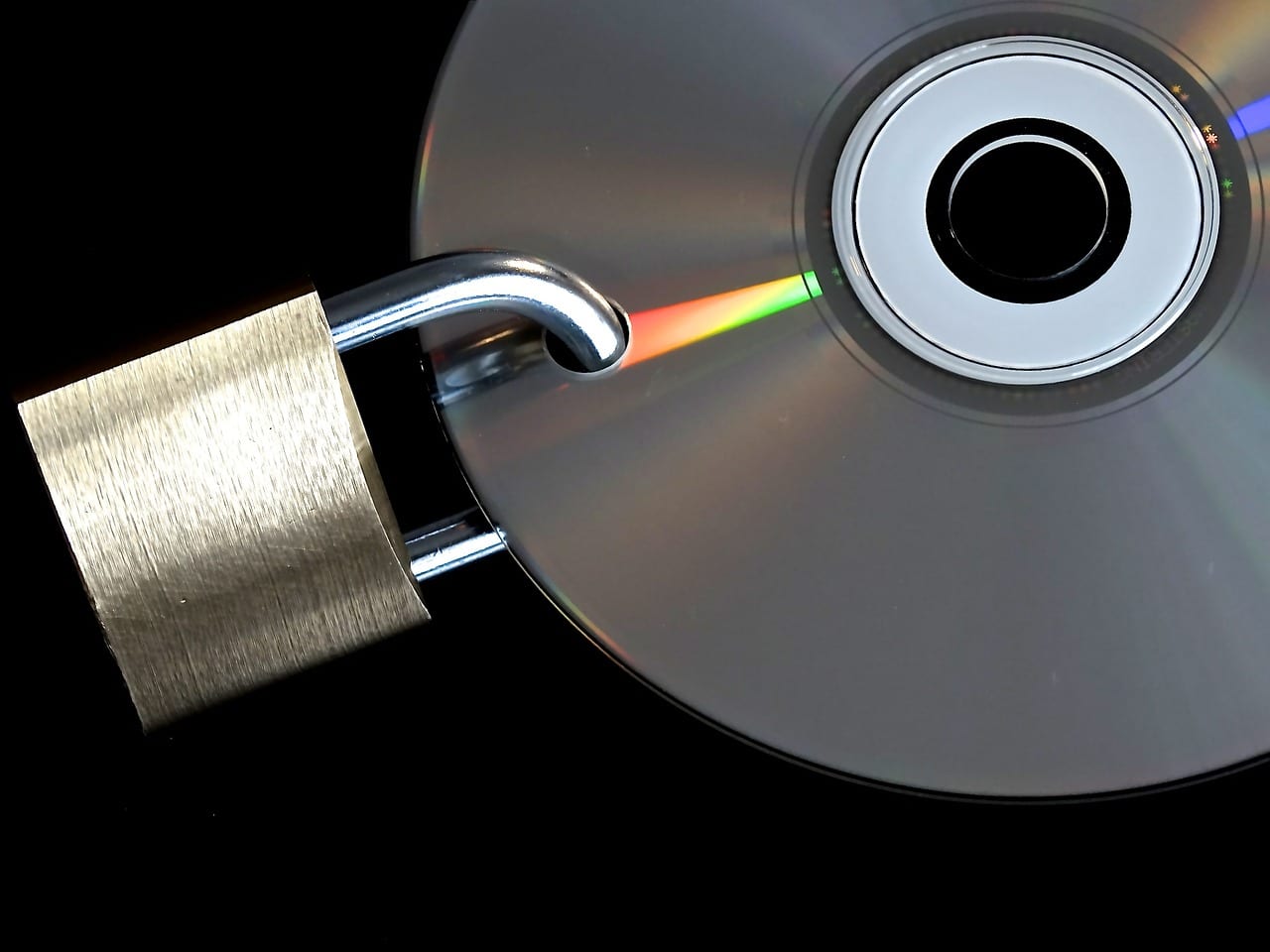 Implementing a solid business continuity plan (BCP) will help your company prepare for the worst and limit network downtime in the face of disruption. Multiple things can interfere with the operations of small- to medium-sized businesses (SMBs), including natural disasters and cyberattacks. Having a concrete BCP in place will help your business recover quickly after catastrophes whether they are man-made or not.
Implementing a solid business continuity plan (BCP) will help your company prepare for the worst and limit network downtime in the face of disruption. Multiple things can interfere with the operations of small- to medium-sized businesses (SMBs), including natural disasters and cyberattacks. Having a concrete BCP in place will help your business recover quickly after catastrophes whether they are man-made or not.
Here are three reasons why you need a business continuity plan and a few tips on building one:
What is a Business Continuity Plan (BCP)?
A BCP is a predefined set of protocols on how your business should respond in the event of an emergency or natural disaster. It should contain contingency plans for every aspect of your organization, including human resources, assets, and business processes. A good plan should also empower you to reasonably prepare for most eventualities, from hurricanes to a pandemic.
Modern business continuity procedures should revolve primarily (but not exclusively) around keeping communications and data access open. In other words, you should take every step to ensure your IT infrastructure keeps going, including (and especially) if your network goes down for whatever reason. Specific industry compliance requirements for sectors like financial services may also have added obligations depending on regulatory at a given time.
Data Backups and Disaster Recovery
The core component of any BCP is a data backup solution which ensures continuity and speedy disaster recovery (also known as BCDR) in the event of downtime. Once an incident hits, the speed at which your business recovers will almost be as important to resilience as preserving every byte of customer information. Both factors can make or break an organization, but regulations make you legally responsible for the latter.
The 3 Key Threats BCPs Help Solve
There are various types of threats that can cause downtime for SMBs. Ensure that your BCP addresses the likeliest of these within your market or region of operations at the least to maintain compliance, although you should deeply consider how each danger could affect different parts of your business. The best (and most cost-effective long-term) forms of business continuity have a provision in place for every statistical likelihood.
Here are the top 3 threats your BCP should solve:
- Natural Disasters
These are natural phenomena such as storms, earthquakes, wildfires, and disease spread including pandemics and full-blown epidemics. These types of disasters are commonly widespread, and your BCP should be prioritized for the probabilities against damage to your data storage based on location and severity of the danger. It should also be noted that you should ensure your backups are well removed from primary servers – SWK has had at least one client who lost both in a fire due to human error.
- Man-made Disasters
These include cyber attacks, intentional sabotage, and human negligence. Most of these are separated from more natural disasters by being targeted, and even those that are not still require an additional set of protections in place. The danger in other types of incidents is the widespread damage, but these kinds of threats carry a dual risk of discretion and internal access, meaning that your data will be compromised before you can even respond.
- Equipment and Utility Failures
These include unexpected power failure, Internet downtime, and disruption of communication services. Being more random than cyber attacks and even natural disasters, system failures can be hard to plan for. Nevertheless, your business continuity strategy needs to keep these types of incidents in mind and prepare against the unexpected.
4 Tips for Building an Effective BCP
If your organization does not have a plan already in place, now is still a good time to put one together. The following steps will help you formulate an effective BCP that will ensure your company keeps running even during and past a major crisis.
- Business impact analysis (BIA)
A BIA will help you determine how a disruption can affect your company’s current functions and processes, such as personnel, equipment, technology, and physical infrastructure. This step will help you calculate the potential financial and operational loss from each function and process affected.
- Recovery options
This step will help you identify key resources essential to returning your business to minimum operational levels. Some recovery options you can take include letting employees work from home or operating from a secondary location.
- Plan development
This step involves assembling your company’s continuity team, which will be responsible for developing and implementing your business continuity planning.
- Testing and training
Once your BCP is in place, your continuity team needs to perform regular tests to identify gaps and make necessary changes to ensure the plan’s effectiveness. They also need to conduct regular training for your employees so everyone knows their respective roles when a disaster strikes.
SWK Can Help You Plan for Business Continuity
Having a foolproof business continuity plan is a great way to ensure your business can quickly bounce back after a major disaster. If you are still having trouble figuring out where to start or have more questions, SWK can help you develop your BCP around your needs and discover which options work best for you.
Download our ebook here to learn more about business continuity planning and disaster recovery, and how SWK can help you bounce back from downtime.[fc id=’34’][/fc]

